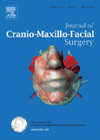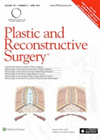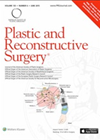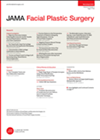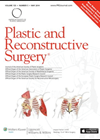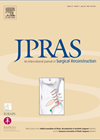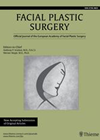
Journal Reviews
Facial asymmetry and nasal septal deviation
The authors’ aim was to evaluate the relationship between nasal septal deviation and facial asymmetry. They performed a study of 60 patients who had facial 3D CT scans from April 2011 to March 2014 and confirmed facial asymmetry, who were...
Is columellar strut necessary in primary rhinoplasty
This article debates the role of a columellar strut graft through the retrospective aesthetic analysis of 100 consecutive primary open approach rhinoplasties performed by the same single surgeon. The author performs all of these procedures without the use of a...
Diced conchal cartilage with perichondrial attachment graft in rhinoplasty
This article shows the experience of a single surgeon with the use of diced conchal cartilage with perichondrial attachment in 37 consecutive patients. The graft was used to camouflage asymmetries on the lateral wall of the nose, for tip contouring...
Form versus function concerning the external nasal valve
External nasal valve dysfunction is known to be a common cause of nasal obstruction. The authors present a prospective case series (n=19) including primary and revision cases of functional rhinoplasties. All patients reported nasal obstruction and were diagnosed with external...
Is rib cartilage a safe material for rhinoplasty
This is a meta-analysis of complications associated with use of autologus costal cartilage in rhinoplasty involving 10 studies with 491 patients with a mean follow-up of 33 months. The results of the meta-analysis show a very low rate of complications...
Stairsteps to breathing
Surgery of the nasal valve is a particularly challenging aspect of functional rhinoplasty surgery. The nasal valve area represents the segment with the smallest cross-sectional diameter of the entire airway. The authors of this article present a novel method to...
Crushed cartilage and fibrin sealant graft for radix augmentation
This paper shows a new technique for radix augmentation on Asian patients using crushed cartilage layers stacked on the nasal dorsum and stabilised with fibrin sealant. The study was made on 51 patients operated by the same surgeon in two...
Evaluation of lateral crural steal
Many techniques to increase nasal tip projection and rotation have been described. The lateral crural steal (LCS) technique appears to be suitable for patients who have an under-rotation associated with poor projection of the nasal tip. The objective of the...
Successful nose replantation
This case report describes a superb result following the delayed replantation (after eight hours) of the distal right nostril following a dog bite. The patient was a heavy smoker. Two arteries and two veins were anastomosed, one measuring 0.6mm and...
A retrospective comparison between standard septoplasty and extracorporeal septoplasty
This paper shows the results of a retrospective study made on 169 patients with nasal obstruction due to a deviated nasal septum who were operated using a standard septoplasty technique or performing an extracorporeal septoplasty. Postoperative nasal patency, aesthetic outcome,...
One stage nasal reconstruction with local flaps
This is an excellent and authoritative review of an often difficult and controversial clinical subject. Because of increased education and earlier diagnosis of skin tumours, surgeons are being presented with an increasing number of defects with limited size and depth....
Free style facial artery perforator flaps for nasal reconstruction
This is an update from the team of authors that originally described the free style facial artery perforator flap, for one stage nasal reconstruction, in 2009. They now update after 10 years of experience with these freestyle facial artery perforator...

